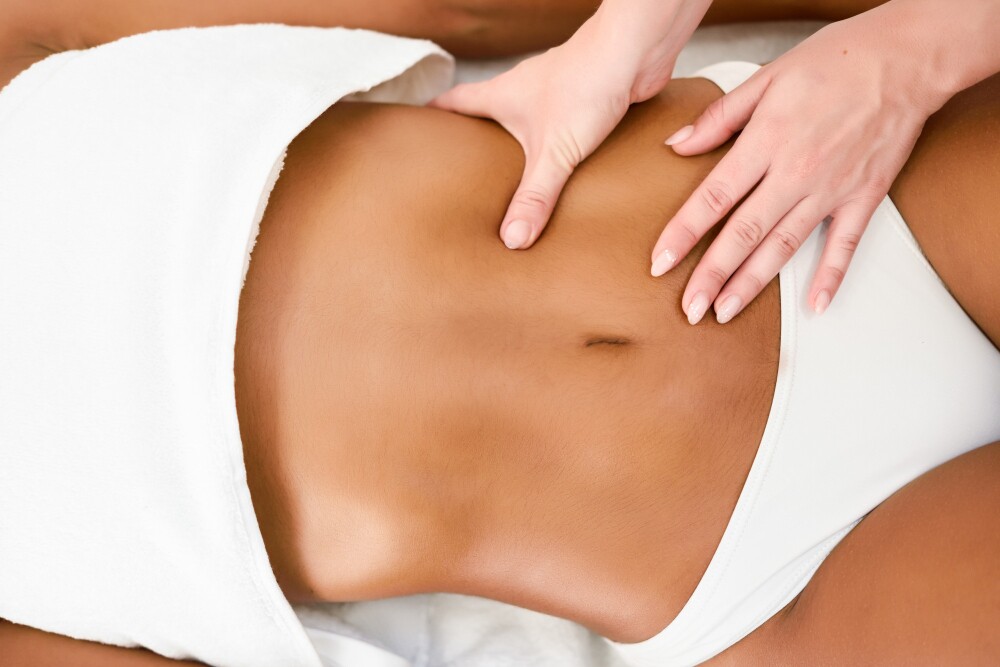Glycolic Acid Toner for Underarms: A Guide to Brighter, Smoother Skin

Underarm darkness can be embarrassing, leading to self-consciousness and a reluctance to wear sleeveless clothing. Several factors like shaving, harsh deodorants, dead skin buildup, hormonal imbalances, and even genetics contribute to the darkening of underarms. While there are numerous solutions available, one versatile skincare ingredient stands out: glycolic acid.
Glycolic acid, an alpha-hydroxy acid (AHA) derived from sugarcane, has gained popularity as an effective way to brighten underarm skin. This article will explore how glycolic acid toners work, their benefits, proper application techniques, potential side effects, and other important considerations.
How Does Glycolic Acid Toner Work on Underarms?
Glycolic acid packs several skin-loving benefits ideal for combating underarm concerns:
- Exfoliation: Glycolic acid’s primary mode of action is exfoliation. It dissolves the bonds that hold dead skin cells together, revealing brighter, smoother skin underneath. This reduces the buildup of dead skin, known to add to the dark appearance of underarms.
- Brightening: By removing the top layer of dull and discolored skin cells, glycolic acid reveals a fresh, more even-toned complexion. It can help fade hyperpigmentation caused by frequent shaving, friction, or hormonal fluctuations.
- Smoothing Texture: Glycolic acid helps soften and improve skin texture. It can minimize the appearance of rough bumps that often result from ingrown hairs and clogged pores.
- Product Penetration: Exfoliation enhances the penetration of skincare products applied subsequently, maximizing the benefits of your underarm whitening creams or deodorants.
The Benefits of Using Glycolic Acid Toner for Underarms
- Brighter Underarms: Regular use of glycolic acid toner gradually reduces the appearance of underarm darkening and hyperpigmentation.
- Smoother Skin: By dissolving dead skin buildup, glycolic acid leaves your underarms feeling softer and less prone to bumps and irritation.
- Minimized Ingrown Hairs: Glycolic acid can help exfoliate at the hair follicle level, reducing the occurrence of ingrown hairs, which are a frequent issue in the underarm area.
- Reduced Body Odor: While glycolic acid won’t directly impact sweat production, the exfoliation helps break down odor-causing bacteria residing in dead skin cells.
- Cost-Effective Solution: Using a glycolic acid toner is a more affordable alternative to professional treatments like laser hair removal or chemical peels aimed at underarm brightening.
How to Use Glycolic Acid Toner on Underarms
- Start with a Clean Base: Wash your underarms thoroughly with a mild cleanser and pat them dry.
- Choose the Right Strength: Beginners should start with a low concentration glycolic acid toner (around 5%) and gradually increase strength as skin tolerance builds.
- Application: Saturate a cotton pad with the glycolic acid toner and gently swipe it across your underarm area. Avoid applying it to broken or freshly shaved skin.
- Let it Dry: Allow the glycolic acid toner to air-dry completely before applying other products or putting on clothing.
- Follow Up with Hydration: Apply a gentle, fragrance-free moisturizer to soothe and hydrate the skin.
- Frequency: Start by using the toner 2-3 times a week. Based on your skin’s response, you can gradually increase the frequency.
Important Precautions
- Sun Sensitivity: Glycolic acid increases skin’s sensitivity to sunlight. Always apply a broad-spectrum sunscreen with SPF 30 or higher during the day and limit sun exposure.
- Patch Test: Before the first application, always conduct a patch test on a small area of your inner arm to check for any reactions.
- Avoid After Shaving: Do not use glycolic acid immediately after shaving or waxing your underarms. Wait at least 24 hours to avoid irritation.
- Potential Irritation: If you experience redness, stinging, or burning, rinse the toner off immediately and discontinue use.
- Individual Tolerance: Different skin types have varying tolerance levels to glycolic acid. Adjust frequency and strength accordingly.
Additional Tips for Brighter Underarms
- Gentle Shaving: Opt for sharp razors, use shaving cream, and shave in the direction of hair growth.
- Waxing over Shaving: Consider waxing as a hair removal method, as it reduces the frequency of irritation and potential friction-induced darkening.
- Exfoliate Regularly: Use a gentle body scrub 1-2 times a week to help remove dead skin cells and prevent ingrown hairs.
Choosing the Right Glycolic Acid Toner
- Concentration: Look for toners specifically formulated for underarm use, or general toners that contain low concentrations of glycolic acid (5%-7% to start). Popular products like The Ordinary’s Glycolic Acid 7% Toning Solution may need dilution for use on delicate underarm skin.
- pH Level: The optimal pH of a glycolic acid toner is between 3 and 4 to ensure effective exfoliation. Ensure the product you choose states its pH level.
- Other Ingredients: Consider toners containing soothing ingredients like aloe vera, rosewater, or hyaluronic acid to help mitigate potential irritation.
Glycolic Acid vs. Other Skin Brightening Ingredients
While glycolic acid is an effective option, there are other ingredients used for underarm brightening:
- Kojic Acid: Derived from fungi, kojic acid inhibits melanin production, leading to skin lightening. However, it can be more irritating than glycolic acid.
- Vitamin C: A powerful antioxidant that helps fade hyperpigmentation and even out skin tone. It’s typically less potent and gentler than glycolic acid.
- Arbutin: A naturally derived skin-lightening agent that’s generally well-tolerated, even in sensitive skin.
- Natural Remedies: Ingredients like lemon juice, turmeric, and potato juice have traditional use for skin lightening, but their effectiveness is often anecdotal.
When to Consult a Dermatologist
See a dermatologist if:
- You experience severe irritation, inflammation, or persistent darkening despite using glycolic acid.
- You have underlying skin conditions like eczema or psoriasis which could be aggravated by acids.
- You are considering professional treatments in conjunction with at-home remedies.
FAQs about Glycolic Acid Toner for Underarms
-
How long does it take to see results? Consistent use of glycolic acid can show gradual improvement in underarm darkness within a few weeks. However, individual results vary depending on the severity of hyperpigmentation and skin type.
-
Can I use glycolic acid with other skincare products? It’s best to avoid other potentially irritating ingredients like retinol or benzoyl peroxide in the same routine as glycolic acid, especially when starting. Focus on hydration and gentle ingredients when incorporating a glycolic acid toner.
-
Is it safe for all skin types? While generally safe, those with very sensitive skin or darker complexions may need to be more cautious. Start with lower concentrations, patch test, and observe your skin’s reaction before committing to regular use.
-
Will glycolic acid stop hair growth? Glycolic acid does not directly impact hair growth, but the exfoliation can help prevent ingrown hairs that often occur with shaving or waxing, potentially making hair regrowth appear finer.
The Bottom Line
Glycolic acid toner offers a promising approach to tackling underarm darkness and uneven skin tone. When used correctly and consistently, it can promote brighter, smoother, and healthier-looking underarms. Remember to exercise patience, start with a low concentration, prioritize sun protection, and listen to your skin.
Disclaimer: This article provides general information for educational purposes and should not substitute professional medical advice. Always consult with a dermatologist for personalized skincare recommendations and before starting any new skincare treatment.





